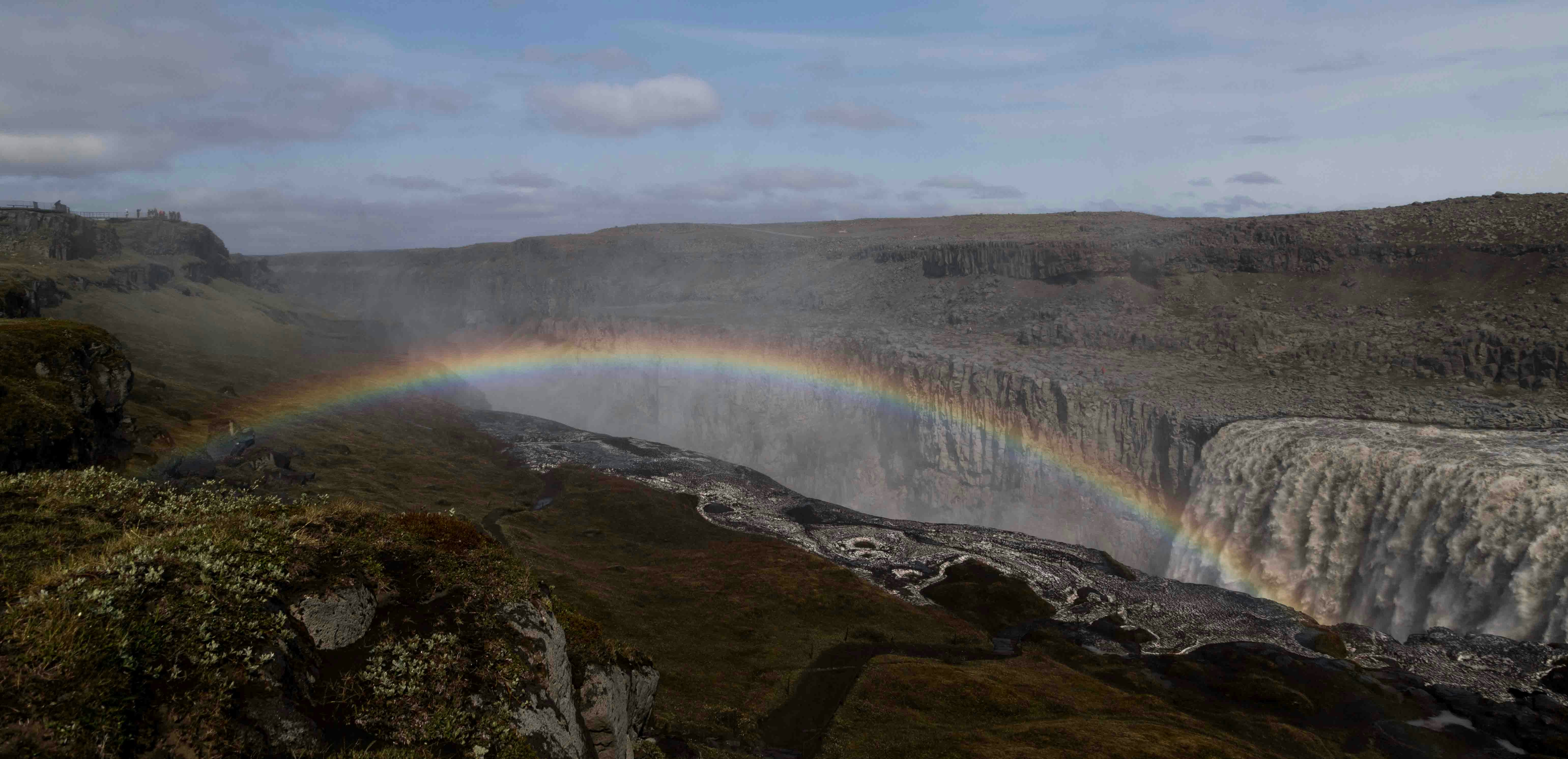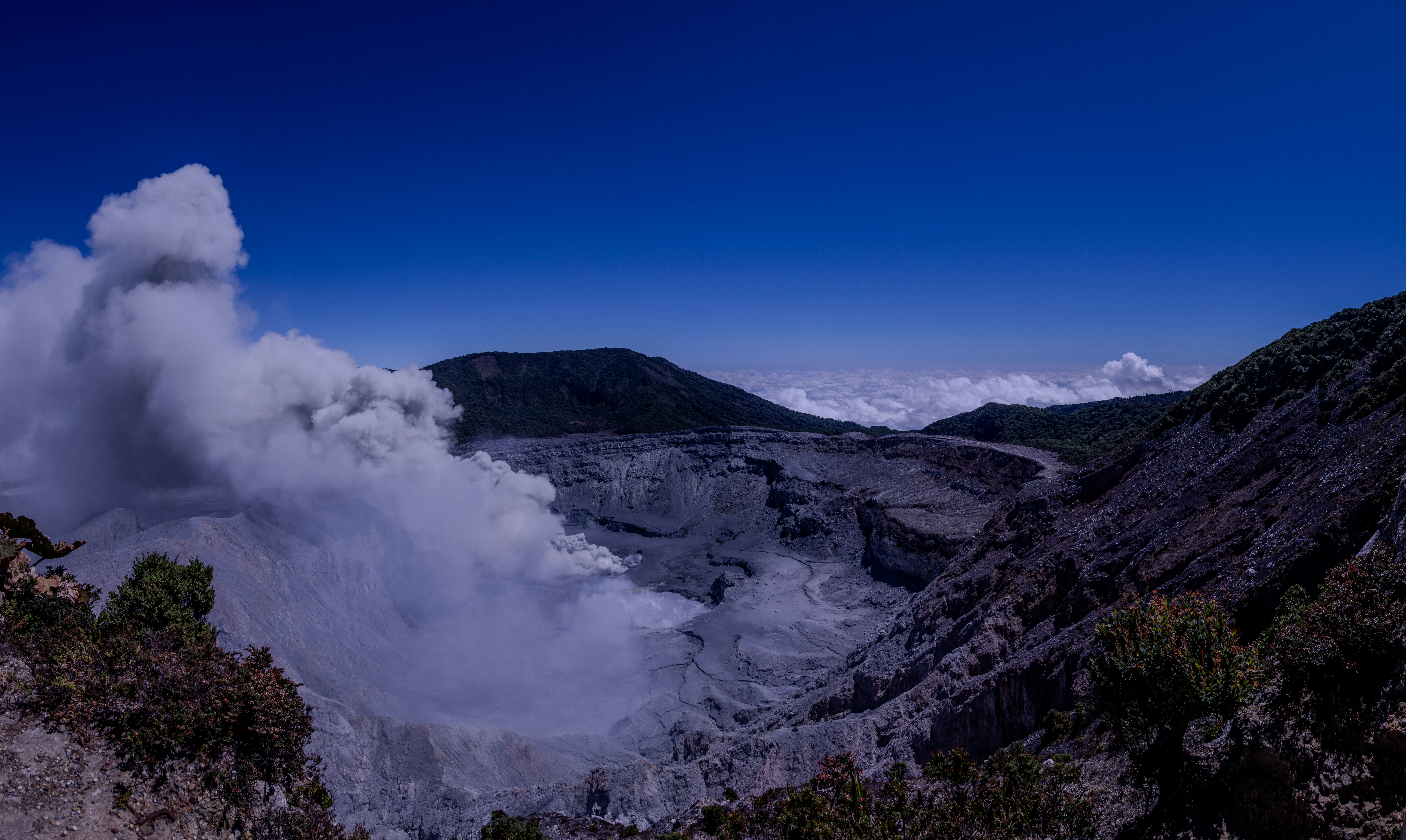Have you ever wondered how the Earth’s tapestry of landscapes came to exhibit such strange and beautiful formations? This question has captivated explorers, scientists, and tourists alike. “Exploring Unusual Natural Formations Around the World: A Guide” delves into the fascinating world of these geographic wonders, encouraging a journey through the astonishing geological architectures shaped over eons. From dramatic sandstone canyons to delicate salt flats, the planet offers an extraordinary showcase of natural artistry.
Table of Contents
Understanding Natural Formations
Nature’s artistry, visible in the most improbable patterns and shapes, invites us to ponder its enigmatic beauty. These natural formations are the result of millennia of geological processes, including erosion, volcanic activity, and the movement of tectonic plates. Recognizing these processes helps demystify the intricate designs found in natural settings.
The Science Behind Formation
The Earth’s crust, a dynamic and ever-changing environment, is integral to the formation of these natural wonders. Over millions of years, the Earth’s surface has undergone dramatic transformations. Geological processes such as weathering, erosion, sedimentation, and uplifting play crucial roles in shaping the landscapes we admire today. These processes, driven by factors like climate, water, wind, and biological activity, continue to sculpt and redefine the Earth’s surface, resulting in breathtaking scenery.
- Erosion: Over time, water and wind strip away layers of rock and soil. Rivers carve valleys, and the wind shapes dunes, gradually altering the landscape.
- Volcanic Activity: Lava flows create new landforms, and volcanic eruptions deposit layers of ash and pumice, forming unique geological features.
- Plate Tectonics: The Earth’s lithosphere is divided into tectonic plates that float on a viscous layer of molten rock. Their movement generates mountains, earthquakes, and other formations.
Iconic Natural Formations Around the Globe
Diverse formations captivate visitors worldwide. This section explores some of the most iconic and intriguing ones, offering insights into their origins and significance.
Grand Canyon, USA
The Grand Canyon is a natural wonder of vast proportions, stretching 277 miles and reaching depths of over a mile. Its creation is primarily attributed to the Colorado River’s persistent flow, which has intricately carved its way through the layered sandstone. The Canyon’s mesmerizing striations reveal an extensive geological timeline, highlighting how erosion powerfully shapes landscapes over time.
Giant’s Causeway, Northern Ireland
A testament to volcanic activity, the Giant’s Causeway features approximately 40,000 interlocking basalt columns. Formed 60 million years ago by rapidly cooling lava, these hexagonal pillars tell the story of fire, earth, and time. The site’s unique geometry led to mythology, with legends of giants shaping the landscape.
Salar de Uyuni, Bolivia
Salar de Uyuni, an expansive salt flat in Bolivia, stretches over 10,000 square kilometers, producing a vast, reflective surface that mirrors the sky. Once a prehistoric lake, its evaporated waters left behind a beautiful crust of salt crystals. This formation cycles through dry and wet seasons, each offering distinct visual phenomena.
Zhangye Danxia Landform, China
The Zhangye Danxia Landform stands out with its vibrant color palette, thanks to sandstone and minerals deposited over 24 million years. Wind and rain erosion led to the striking array of red, green, and yellow striations seen today, resembling a painter’s canvas. Designated a UNESCO World Heritage Site, it remains an ecological and cultural treasure.
Antelope Canyon, USA
Antelope Canyon, renowned for its flowing, wave-like sandstone walls, showcases the precision of water and wind erosion. Located in Arizona, this slot canyon’s sculptured curves and narrow canyons present a photographer’s dream, capturing light at different angles to reveal hidden nuances.
The Cultural and Ecological Impact
These formations significantly influence both local and global cultures and ecosystems. The awe-inspiring beauty of natural landscapes has spurred artistic expression, while ecological dynamics within these areas contribute to biodiversity.
Cultural Significance
Natural formations often hold cultural importance, symbolizing spiritual connections to the Earth. Indigenous communities may regard such sites as sacred, part of their ancestral heritage. They inspire art, folklore, and traditions, embodying the intersection of nature and human culture.
Environmental Importance
These formations create diverse habitats, home to unique flora and fauna. Their distinct ecosystems nurture biodiversity, with certain species highly adapted to thrive under these specific conditions. Conservation efforts are crucial to maintaining ecological balance, ensuring that these natural treasures endure for future generations.
Challenges to Preservation
While these wonders captivate the imagination, they also face threats from human activity and climate change. Understanding these risks is vital for their preservation.
Anthropogenic Pressure
Increases in tourism and infrastructure development have posed challenges to these natural sites. Overcrowding, pollution, and habitat destruction can degrade the very landscapes people travel to admire. Responsible tourism and sustainable practices are pivotal in mitigating these impacts.
Climate Change
Rising temperatures and changing precipitation patterns affect geological and ecological stability. Melting glacial formations, desertification, and increased weathering can alter the landscape drastically. Proactive conservation and climate action are necessary to safeguard these formations.

Encouraging Responsible Exploration
Visitors to these sites can minimize their impact through mindful exploration. Responsible tourism involves respecting local guidelines, reducing waste, and engaging with the community.
Best Practices for Tourists
- Follow designated paths: Staying on marked trails helps preserve natural habitats and reduces erosion.
- Leave no trace: Take all belongings and waste with you, leaving the environment as pristine as you found it.
- Respect local culture: Acknowledge the significance of these sites to indigenous and local communities.
Community Engagement
Collaborating with local communities empowers them to manage and benefit from natural tourism sustainably. Community-led initiatives and eco-tourism strategies offer economic incentives while promoting conservation and education.
Tech Innovations in Exploration
Technological advancements enhance our understanding and experience of these formations. From virtual tours to geological mapping, technology complements traditional exploration methods.
Satellite Imaging and Mapping
Satellite technology offers valuable insights into geological changes and environmental health. High-resolution images track erosion patterns, tectonic movements, and vegetative changes over time, aiding in research and conservation efforts.
Virtual and Augmented Reality
Virtual reality (VR) applications enable users to visit remote formations from the comfort of their homes, providing immersive educational experiences. Augmented reality (AR) enhances onsite visits by overlaying informational graphics on physical landscapes.

Conclusion: Appreciating Nature’s Unparalleled Craftsmanship
Exploring unusual natural formations reveals the Earth’s timeless and dynamic creativity. These geological wonders ignite curiosity, inspire scientific inquiry, and evoke a profound appreciation for the natural world. Their preservation is a collective responsibility, ensuring that future generations can wonder at the Earth’s intricate beauty. By understanding, protecting, and responsibly engaging with these sites, we uphold the legacy of natural artistry that continues to sculpt our planet.
Hot✈️ Ramada by Wyndham Williams/Grand Canyon Area, Williams (AZ), United States
Heritage Hotels Bringing History to Life: A Guide to Living in the Past


